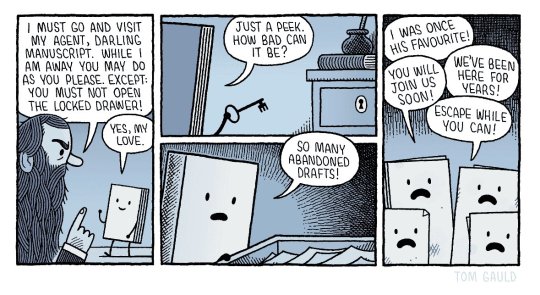#Manuscripts
Text
here's a fun parchment fact for you re: reusing a surface: sheepskin was often used for legal documents because it's hard to scrape out a word and rewrite without it being obviously damaged, unlike good quality calfskin where it can be undetectable that something has been altered
1K notes
·
View notes
Text
From the sacred Dunhuang Manuscripts discovered deep in a Chinese cave to the legal decrees of Hammurabi’s Code of Laws, this list of ten incredible ancient texts provides profound insight into the history of ancient civilizations.
Among these remarkable texts lies the Timbuktu Manuscripts, testament to Africa's rich intellectual heritage, challenging prevailing notions of African culture. Bundled in camel skin and adorned with intricate calligraphy, these manuscripts offer a window into the vibrant intellectual exchange of historical African societies.
Meanwhile, the enigmatic Emerald Tablet is rumored to hold the secrets of the universe, while the intricate medical manuscripts of Bian Que illuminate ancient healing practices with unparalleled detail, offering insights into the medical knowledge and techniques of ancient China.
#manuscripts#texts#inscriptions#writing#scroll#Copper Scroll#Buddhism#Emerald Tablet#literature#language
45 notes
·
View notes
Text
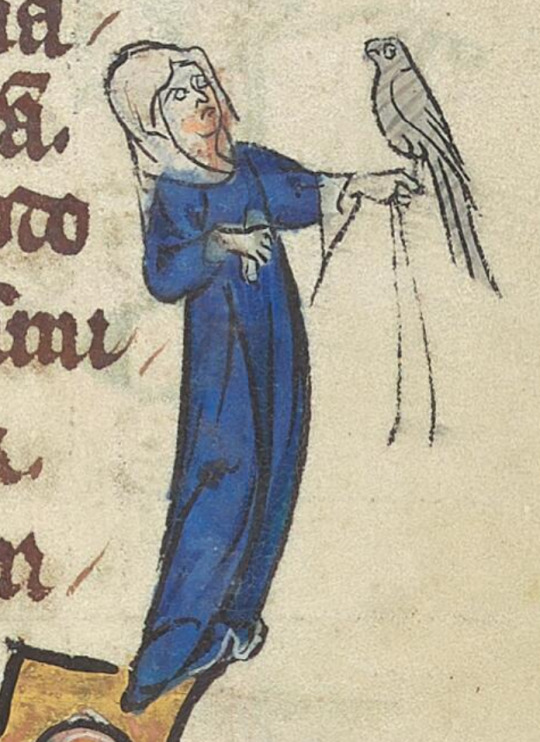
I am deeply enjoying the facial expressions on both woman and bird in this marginal drawing.
(Cambridge UL MS Add. 4085)
3K notes
·
View notes
Text

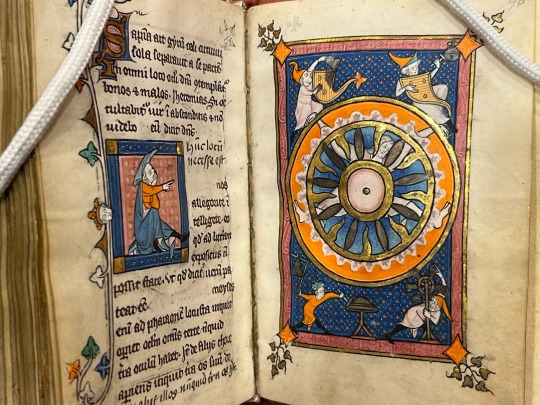

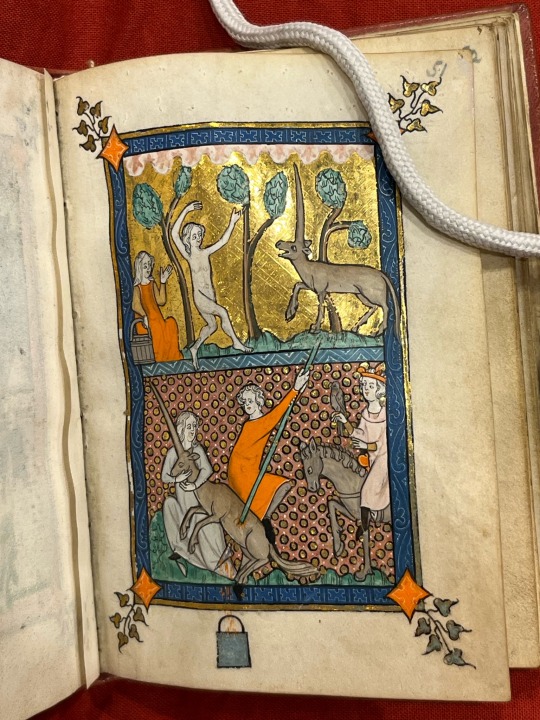



Amazing Christian mystical art from a medieval manuscript!
@cryptotheism Get a load of the colors on this one! I don’t know which one this is because I didn’t call it up myself (and I think this is one of the ones you needed special permission for, anyway), but it’s incredible.
2K notes
·
View notes
Text

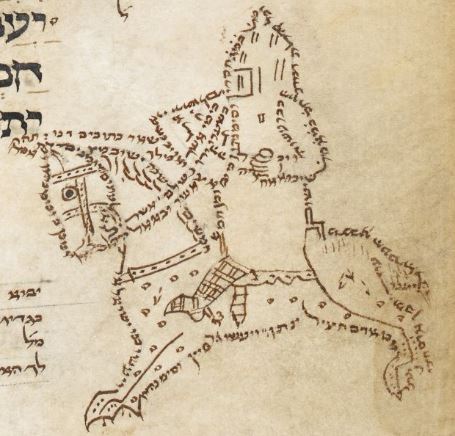
Two knights on horseback rendered in Hebrew micrography in the margins of the Yonah Pentateuch, 13th century.
Source: British Library, Add. MS 21160 fol. 192v and 201v
3K notes
·
View notes
Text
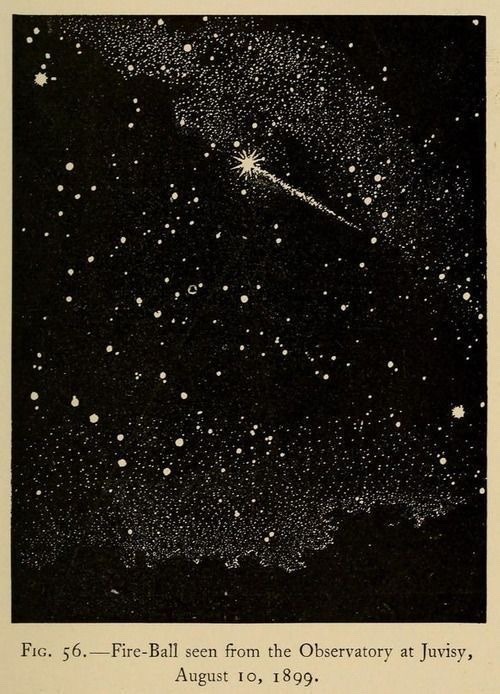
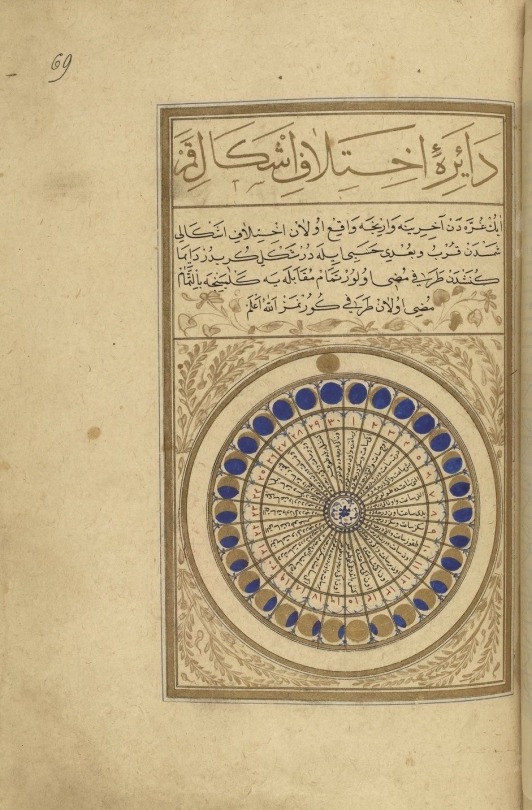




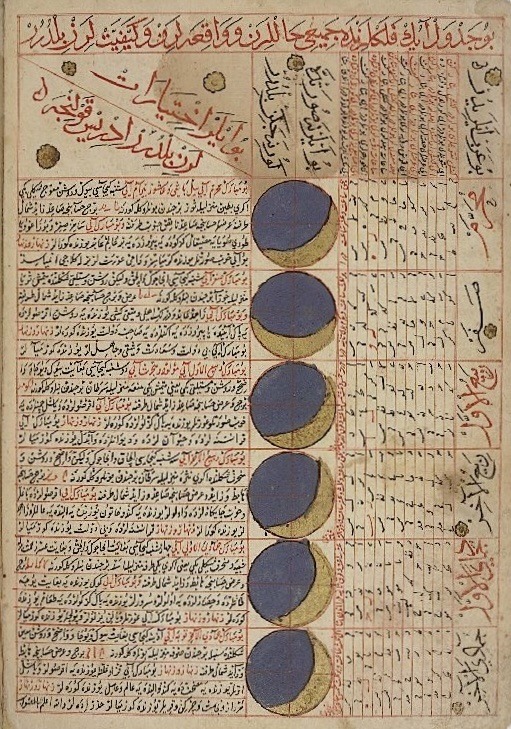

There is something so magnificent about the human fascination with the bright mess of the night sky, and the certainty that every one of my ancestors was familiar with the same sight, even if nothing else in our lives looks the same.
1K notes
·
View notes
Text
Percy Shelley doodling while helping his wife edit the draft of her first novel, Frankenstein; or, The Modern Prometheus (1818):




The idea for the story was devised in mid-June 1816. The draft shown here was written between August and December 1816, and it was revised until April 1817. The book was published January 1st 1818 when Mary was 20-years-old. She was only 18 when she conceived the story, as her 19th birthday was on August 30th 1816.
Source: The Shelley-Godwin Archive online
#me 🤝 shelley -> relentless doodling#back at it again w the happy little trees#literature#english literature#lord byron#romanticism#aesthetic#dark academia#percy shelley#history#mary shelley#editing#frankenstein#Frankenstein; or The Modern Prometheus#writing#poetry#literary history#manuscript#manuscripts#bodleian library#shelley#doodling#scribbles
1K notes
·
View notes
Text





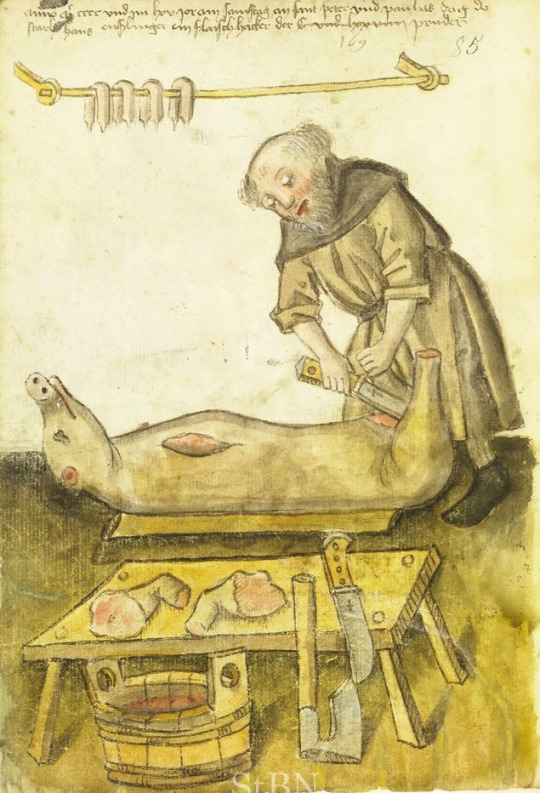
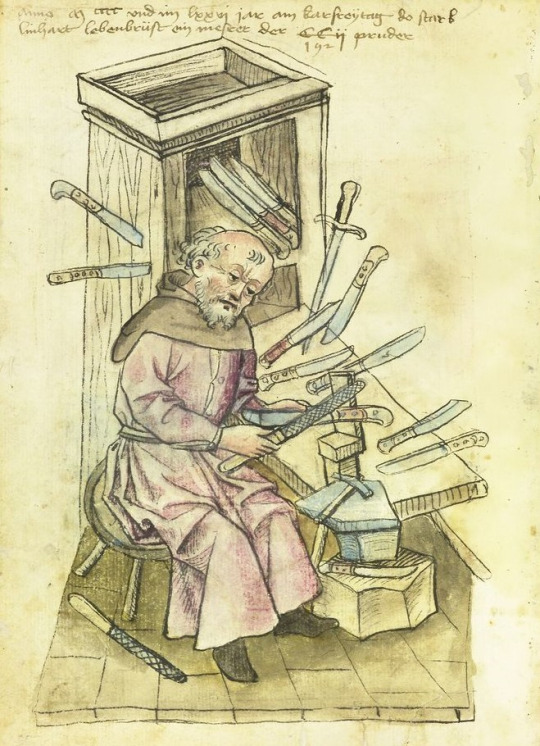
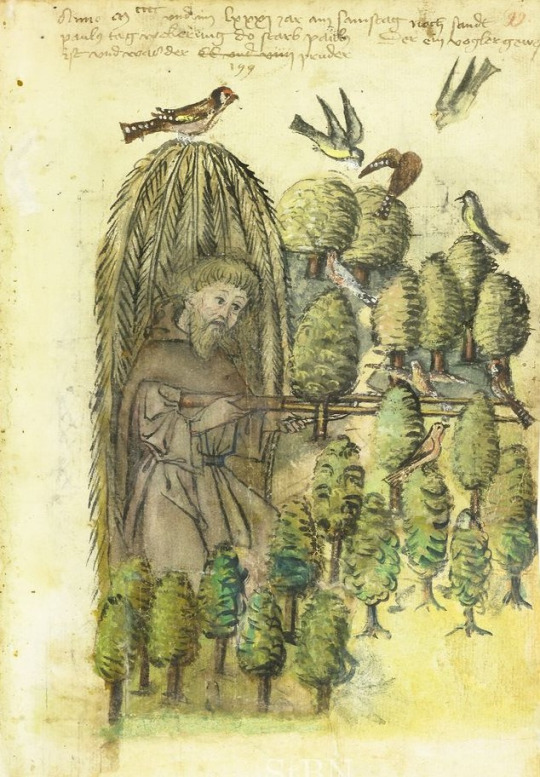
some 15th century occupations: chainmail-maker, bridle-maker, clerk, tailor, spice dealer, butcher, cutler, bird-catcher
from the "hausbuch der mendelschen zwölfbrüderstiftung", vol. 1, nuremberg (bavaria), 1426-1549
source: Nuremberg, Stadtbibliothek, Amb. 317.2°, fol. 10r, 14r, 62r, 67r, 75r, 83v, 95v, and 99r
#15th century#occupations#manuscripts#butcher#clerk#tailor#cutler#bird-catcher#chainmail-maker#bridle-maker#spice dealer#rpg inspiration#medieval art
855 notes
·
View notes
Text

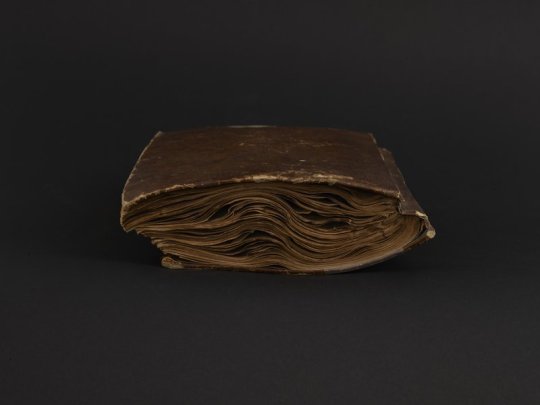
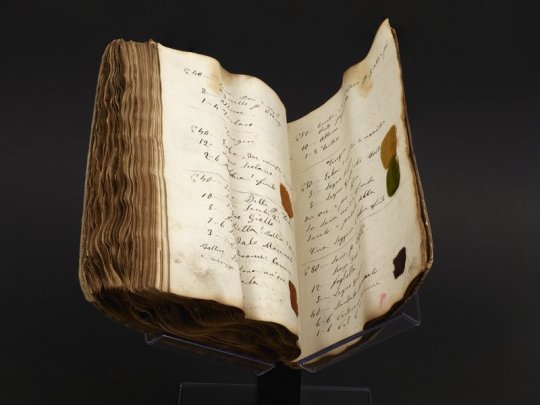

Italian Dyer's Notebook
Autograph manuscript, circa 1856-1866
This warped and worn nineteenth-century Italian manuscript appears to be a working manual and color inventory of a wool dyer in mid-nineteenth-century Italy. The handwritten entries are dated between 1856 and 1866, suggesting that the notebook was used and added to over a period of time. The work includes more than 500 numbered and itemized recipes for dyes. Recipes are illustrated with more than 800 wool and fabric samples adhered to the pages. The samples range in colors from shades of brown to vivid fuchsia, turquoise, and mustard. The samples include fabrics of wool, felt, and cotton, as well as raw wool and coils of yarn. Ingredients listed include mud, urine, arsenic, and vitriol. Pages 192-219 contain longer descriptions of dying processes, one attributed to Giacomo Udinese and another to Cesare Bizzi.
Check it out on our digital collections site.
#colors#colors in textiles#colorfastness#dyes#dyes and dyeing#textiles#wool#italian manuscripts#manuscripts#rare books#old books#rare book#dye samples#19th century#othmeralia
525 notes
·
View notes
Text

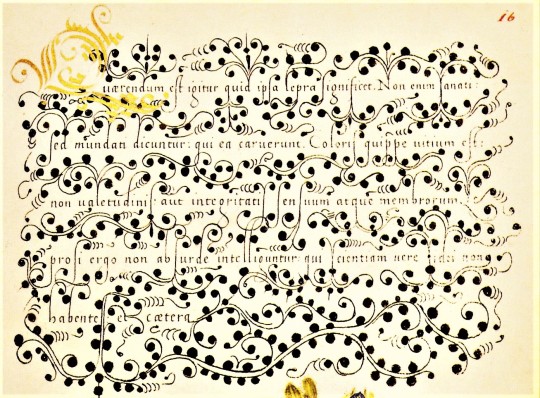

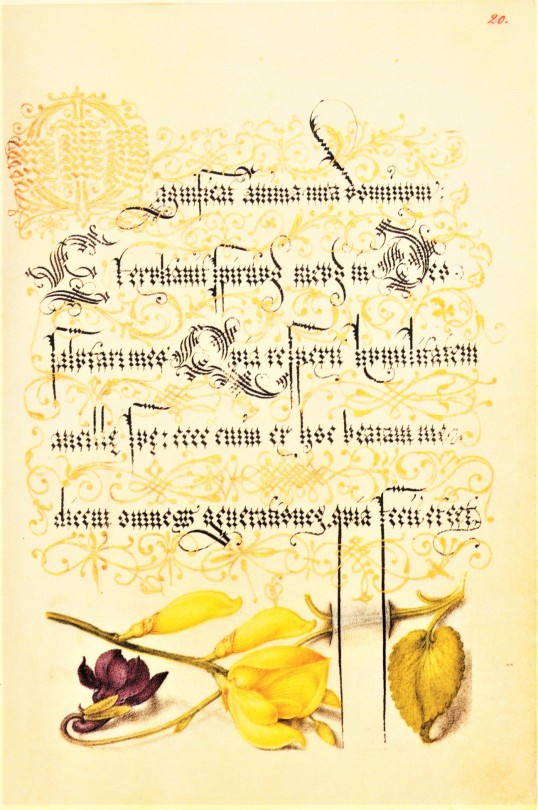









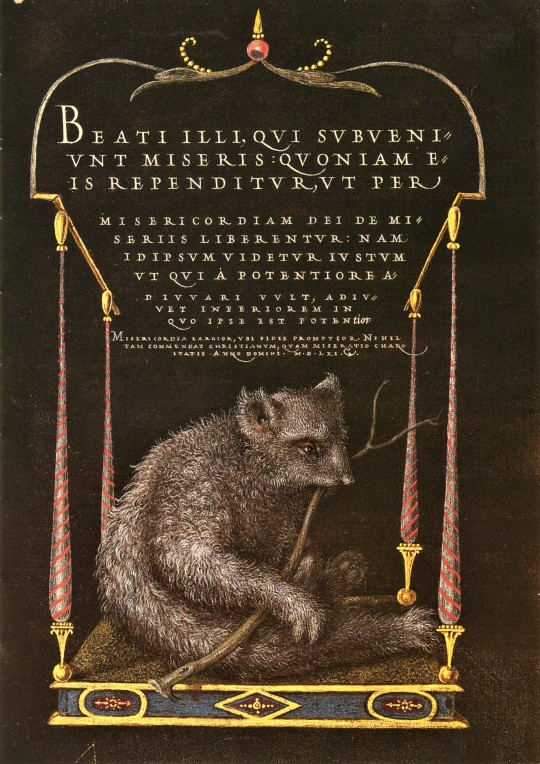
Typography Tuesday
We return to our facsimile of a 16th-cnetury calligraphic manuscript, Mira Calligraphiae Monumenta, or Model Book of Calligraphy, written in 1561/62 by Georg Bocskay, the Croatian-born court secretary to the Holy Roman Emperor Ferdinand I, and illuminated 30 years later by Flemish painter Joris Hoefnagel for the grandson of Ferdinand I, Emperor Rudolph II. The manuscript was produced by Bocskay in Vienna to demonstrate his technical mastery of the immense range of writing styles known to him. To complement and augment Bocskay's calligraphy, Hoefnagel added fruit, flowers, and insects to nearly every page, composing them so as to enhance the unity and balance of the page’s design. Although the two never met, the manuscript has an uncanny quality of collaboration about it.
Our facsimile was the first facsimile produced from the collection at the J. Paul Getty Museum in Los Angeles. It was printed in Lausanne, Switzerland by Imprimeries Reunies and published by Christopher Hudson in 1992.
View another post from Mira Calligraphiae Monumenta,
View more Typography Tuesday posts.
#Typography Tuesday#typetuesday#Mira Calligraphiae Monumenta#or Model Book of Calligraphy#Georg Bocskay#Joris Hoefnagel#illuminated manuscripts#manuscripts#manuscript facsimiles#facsimiles#calligraphy#letter forms#letters#J. Paul Getty Museum#Imprimeries Reunies#Christopher Hudson#Ferdinand I#Rudolph II
827 notes
·
View notes
Text
another fun parchment fact: there are some medieval books that have incredibly thin parchment pages, like tissue paper, which is made by splitting the parchment – we can see from the hair follicles that it's the same piece that's been split, because they're a sort of butterfly/mirror image. but apparently we don't know how to do this anymore so they can't make parchment like that these days
57 notes
·
View notes
Text

Unknown, Mawangdui tomb #3: manuscript on astronomy, of some 6,000 characters recording achievements made in early Western Han dynasty
Ch'ang-sha shih (China), around 200 BCE
197 notes
·
View notes
Text

Not a mermaid or a merman but a secret third thing (mermusician)
(Cambridge UL MS Add. 4085)
1K notes
·
View notes
Text

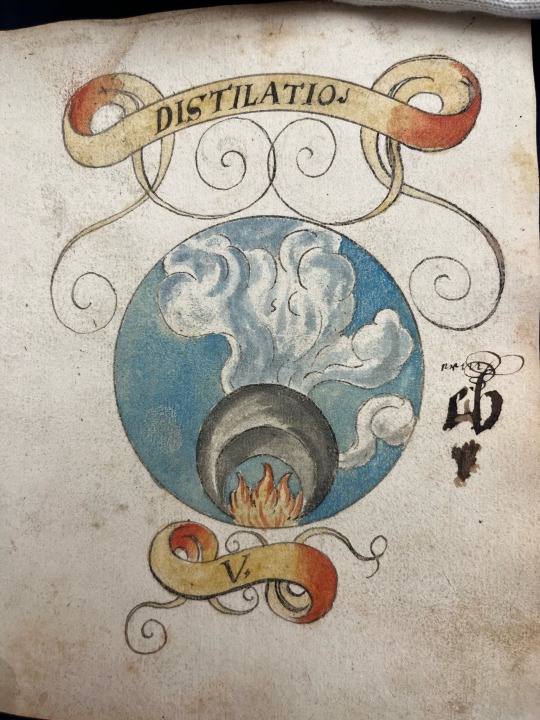



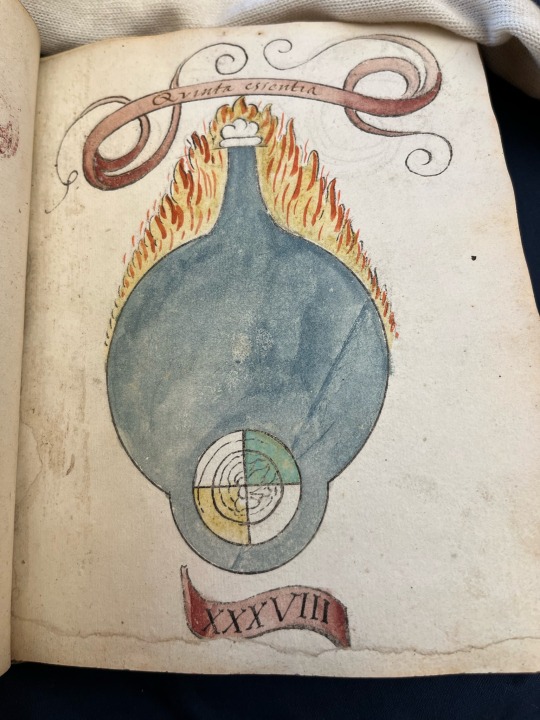
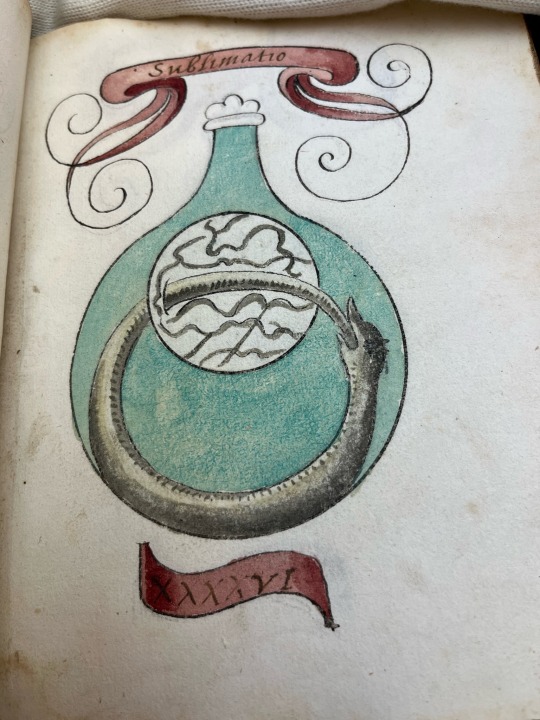

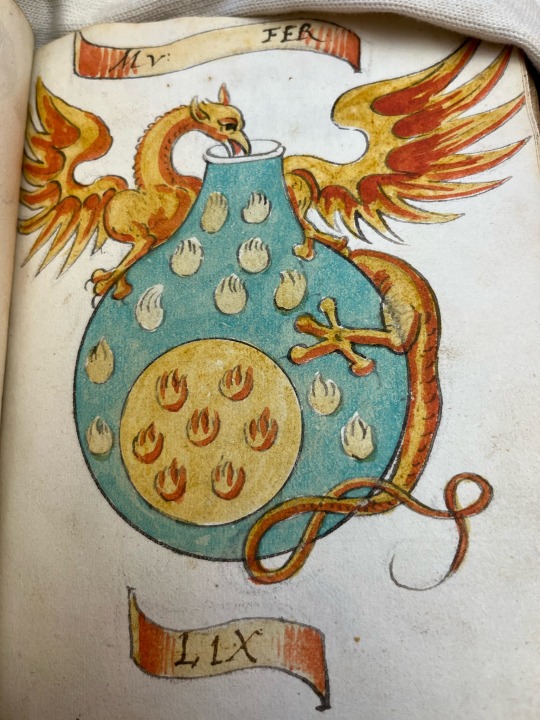
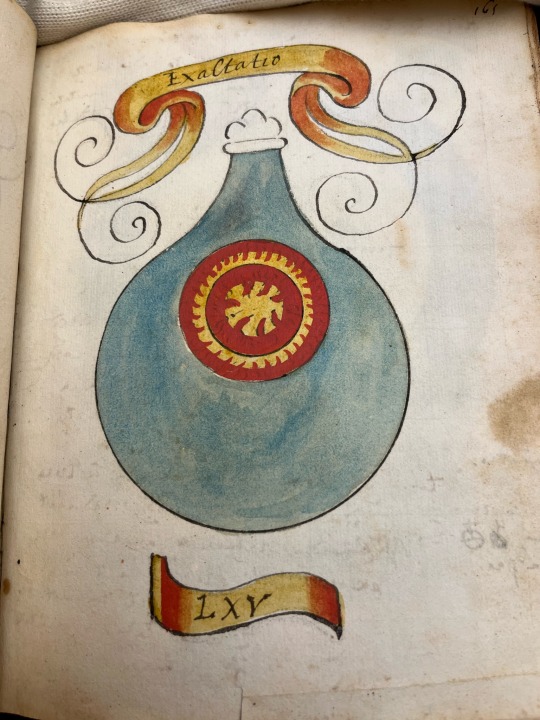
A selection of images from a sequence depicting the alchemical process, from an early modern manuscript.
#alchemy#alchemical#alchemical symbolism#alchemical art#occult#manuscripts#manuscript#medieval studies#early modern#renaissance
835 notes
·
View notes
Text

Menorah rendered in Hebrew micrography, from a 15th century siddur.
Source: Columbia University, MS X893 J725, fol. 411r
459 notes
·
View notes
